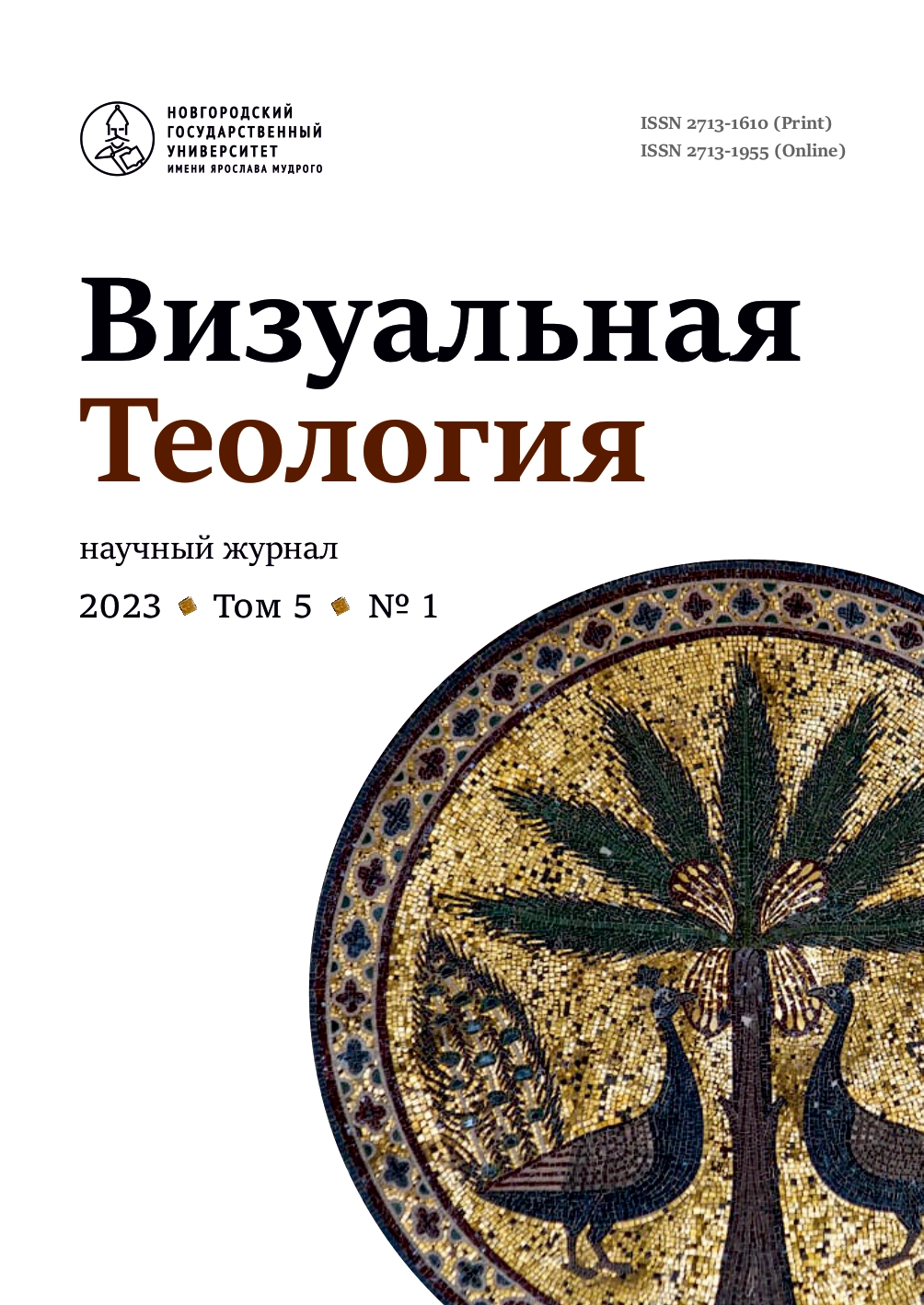Rothko’s deep darkness
Аннотация
The paintings of artist, Mark Rothko (1903–1970), are considered in their religious dimension. The essay pursues the significance of Rothko’s words and works by moving from biographies and Rothko’s own writings to sites Rothko purportedly loved (e.g., Fra Angelico’s paintings at San Marco in Florence, Santa Maria Assunta on Torcello in Venice, Matisse’s Red Studio at the Museum of Modern Art). Moreover, the essay seeks to illuminate insight into the meaning of Rothko’s luminous panels (considering the artist’s claim to “paint reality”), and the reasoning behind his idiosyncratic instructions for installing his works low to the ground and in groups. The context of the Rothko Chapel (Houston, Texas) is also considered. Rothko’s Jewish heritage and education recall the “luminous cloud” of the Hebrew Bible, while his love for San Marco and Torcello evoke the all-encompassing beauty of Orthodox sacred spaces. Perhaps in these images Rothko saw glimpses of the reality he sought to paint and discovered a way to display his work and communicate its reality most effectively


